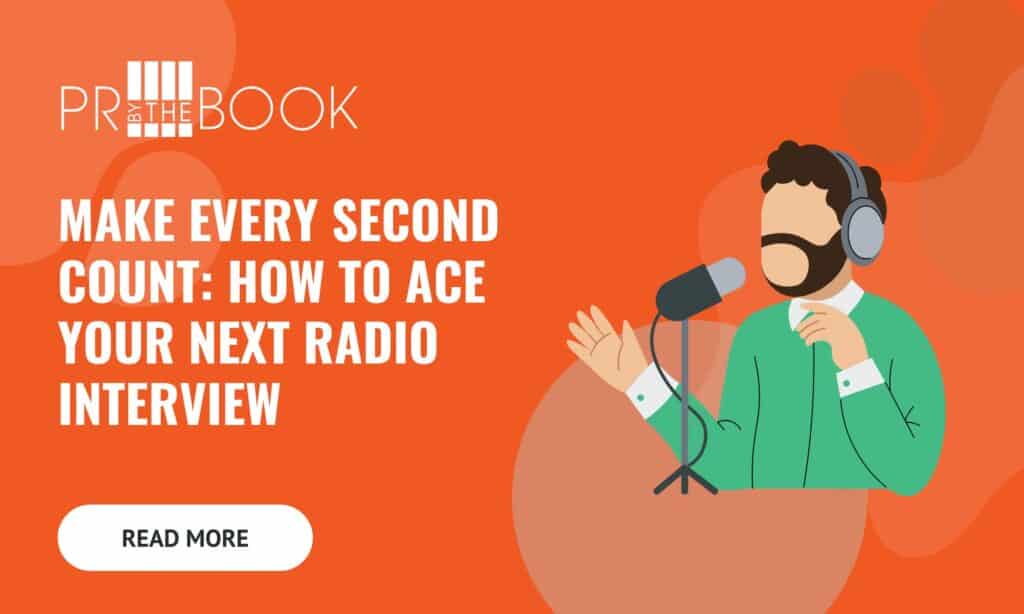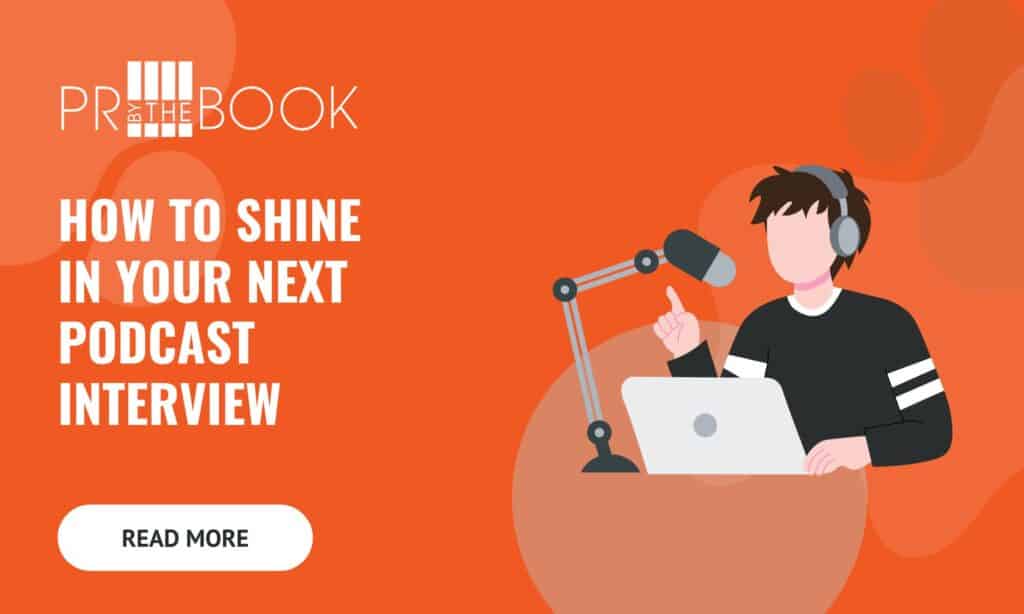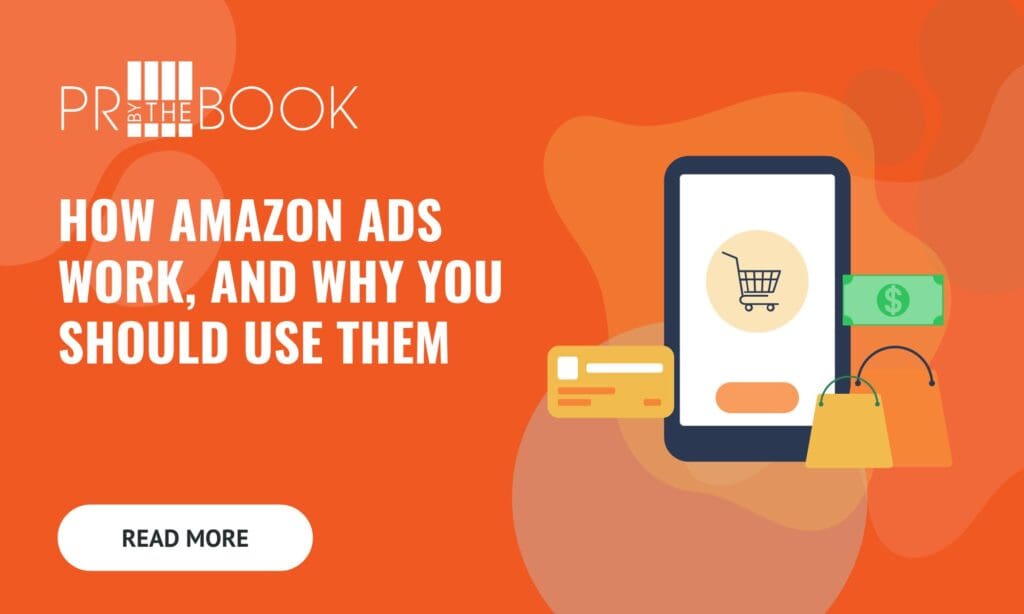2024 Book Publishing Trends

Everyone’s heard of the struggles of the publishing industry over the years, yet many have not heard of the changes going on behind the scenes and the effect these changes have on the industry as a whole. Publishers and consumers alike have new expectations for the industry.
Here are 11 publishing trends for you to keep your eye on in 2024 to keep yourself in-the-know:
1. RISE IN DEMAND FOR AUDIOBOOKS AND EBOOKS
Over the past 10 years, the demand for print books has gone down as searches for audiobooks and ebooks have increased. In 2019, 65% of adults read print books while 25% listened to audiobooks. Audiobook popularity has risen continuously since 2012 and the industry revenue has risen 14.3% year-by-year. Ebooks are even outselling audiobooks, mostly thanks to the Amazon Kindle. Many authors view ebooks and audiobooks as a major opportunity for additional attention and revenue. Technological advancements are making them easier to obtain. Digital media has become available at public libraries; ebook checkouts rose 52% in 2020.
2. EMERGENCE OF MORE BOOK SUMMARY PLATFORMS
More and more platforms are being created with the intent of summarizing nonfiction content, such as Blinkist, an app that summarizes content into audio and text summaries dubbed as “blinks.” This app has around 18 million users and has raised $34.8 million in funding. Another application, Mentorbox, collaborates with authors to turn their books into courses to allow access to information for those who don’t have time to sit and read an entire book.
3. POPULARITY OF POLITICAL BOOKS
The political genre is expected to remain popular through 2024. Former President Barack Obama’s book, A Promised Land, sold 3.3 million copies in the month after its release, competing with Bill Clinton’s My Life and George W. Bush’s Decision Points which have each sold between 3.5 and 4 million copies to date. Books about Donald Trump were also insanely popular, with the most popular ones selling over 3.1 million copies. Now, books about the Biden/Harris administration are taking over, and publishers are expecting them to stay popular through the end of their term.
4. SMALL BOOKSTORES ARE DWINDLING
Many small bookstores are struggling to come back after Covid. Around 60 small bookstores closed in 2020, and an estimated 20% more closed in 2021. The small bookstore industry suffered a loss of $2 billion in 2020, down one-third in revenue compared to the year before. Online sales are keeping some small bookstores afloat, but many who do not have the experience or logistical power for e-commerce are continuing to struggle.
5. LIBRARIES ARE AT ODDS WITH PUBLISHERS
Libraries advocate for free flow of information, and their book check-out/check-in system often keeps people from purchasing books, cutting into publishers’ revenue. The pandemic has only heightened this fight, and the offering of ebooks has made it even worse. Publishers often put limits on ebook licenses in libraries, such as Macmillan, who only allowed libraries one copy of an ebook until it was on the market for at least 2 months. Additionally, libraries are paying nearly 3x what the average consumer is for ebooks, which New York and Rhode Island are attempting to pass legislation to make this price more fair. The fight over ebooks in libraries is far from over.
6. TECH BECOMES A COMPETITIVE ADVANTAGE
Many publishers are using artificial intelligence (AI) to write articles, and now they are looking into having it write books, though it is currently struggling with compelling fiction. However, as AI continues to take great steps in intelligence and ability, it is not far off that they will successfully write in a more human-like manner. Now, it’s able to help draft manuscripts and give authors a starting point. It’s already being used to streamline the editorial process by finding grammatical errors, suggesting revisions, refining writing styles, designing covers, and more. Additionally, AI is a huge assist for digital marketing and promotion and is used for tasks like plagiarism checks, acquisitions, and content classification. With the additional rise in Booktubers, Bookstagrammers, and Booktokers, AI is able to track and provide data on consumer behavior to publishers.
7. CONTINUED RISE IN SELF-PUBLISHERS
In 2010, there were about 153k self-published books. In 2018, there were over 1.6 million, and that number continued to rise through the pandemic. The pull of self-publishing is that authors get to do exactly what they want with their book–some authors who have traditionally published before have even turned to self-publishing, attracted by the freedom of better pay, and control over packaging and marketing. Apps like Wattpad also provide a form of self-publishing where authors post their stories online and can receive feedback. These stories also have the chance to “make it big” through Wattpad Books, which turns stories into print books, and Wattpad Studios, which turns stories into movies, such as the After franchise. Now owned by a South Korean company, Wattpad held the interests of other online giants such as Facebook, TikTok, and Netflix.
8. CONSOLIDATION OF PUBLISHING GIANTS
The publishing industry used to be ruled by the “Big Six”: Hachette, Macmillan, Penguin, Simon & Schuster, Random House, and HarperCollins. These six publishers made up 50% of book sales in the United States in 2012. The merger of Penguin and Random House in 2013 left the industry with a “Big Five,” which made up 80% of all book sales in 2021. When Penguin Random House announced their intent to make a deal to buy Simon & Schuster, many spoke out against the Big Five becoming a “Big Four,” which would have published 34% of the books each year and controlled 70% of the US market. Critics say this is consolidating too much, however the merger continues to proceed.
9. INDEPENDENT PUBLISHERS MAKE GAINS
Despite the publishing giants attempting to control the book market, small indie publishers are on the rise. These publishers provide a wider variety of literature, politics, journalism, and history, and work with a wider range of authors. Willing to have print runs of less than 1,000 copies, small publishers are more likely to take a risk on an author or genre, making them the preference for many aspiring authors. Wolfpack Publishing was the fastest growing independent publisher in the US from 2018-2020, raising their sales 309% with just 14 employees during that time.
10. INCREASED CALLS FOR DIVERSITY
There has been a recent call for diversity in the industry for characters, even for authors and executives. In 2019, the Cooperative Children’s Book Center published findings that out of 3,700 children’s and YA books from that year, 42% had at least one caucasian character, and 36% had a primary character from another race. Diverse BookFinder published their own study that showed in 3,000 books since 2002, 29% featured a black character in a book about oppression and resilience. Lee & Low Books reported in 2019 that 76% of the people working in the industry are white, and 74% are women–a stat that is very similar to their report from 2015.
Hashtags like #weneeddiversebooks and #publishingpaidme called attention to the differing treatments of black and white authors in the industry, prompting the New York Times to reveal that 95% of 7,000 books were written by white authors. Many publishing houses have responded by hiring editors whose focus is acquiring books by Latinx and BIPOC authors, or setting up inclusivity plans and donations to anti-racism campaigns. People are watching closely and waiting to see if actions like this are meant for the long-term, or if they’re solely to follow a trend.
11. AUTHORS GO ALL-IN WITH MARKETING
Engaged customers are more likely to provide long-term support to an author. In order to build these relationships, authors have turned to email marketing, which is set to become the most popular marketing technique in 2024. Email provides authors with a variety of ways to reach readers, from providing a free sneak peek into chapters to monetizing exclusive bonus content.
Posting on TikTok has also become an important marketing strategy. The tag #BookTok has over 1 billion views, and with algorithm curated content, people see what they want to, meaning they are more likely to pay attention and make a purchase. BookTok has been credited with author Colleen Hooover’s superstardom in 2022.
In order to be prepared for the industry going forward, whether you’re an author, editor, executive, PR expert, or anyone in between, it’s important to be aware of trends as they ebb and flow. At the beginning of a new year in an industry that has recently undergone numerous changes, it is downright crucial. Keep an eye on these as 2024 treks along.
Marika Flatt

Make Every Second Count: How to Ace Your Next Radio Interview
Make Every Second Count: How to Ace Your Next Radio

How to Shine in Your Next Podcast Interview
How to Shine in Your Next Podcast Interview SHARE Podcast

How Amazon Ads Work, and Why You Should Use Them
How Amazon Ads Work, and Why You Should Use Them
